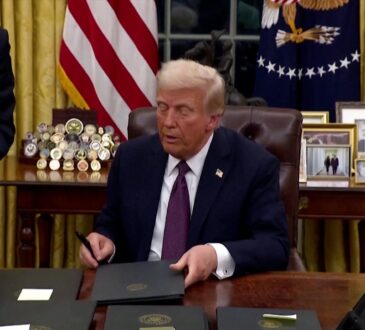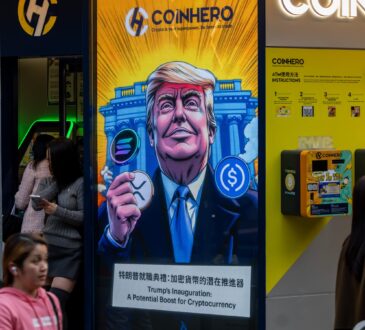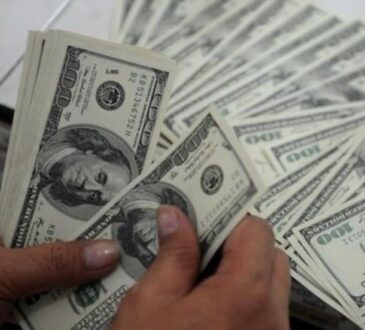
While the rupee has depreciated by only around 5% in the last two years, it has fallen over 20% since January 2020, making it one of the weakest-performing currencies in South and Southeast Asia, according to Moody’s.
The Indian rupee (INR) plummeted past the ₹86 mark against the US dollar for the first time earlier this month.
Of the 23 rated Indian companies, Moody’s assessed only six to be exposed to the effects of dollar strength. These companies are the three oil refining and marketing companies (OMCs), Bharat Petroleum Corporation Limited (BPCL), Hindustan Petroleum Corporation Limited (HPCL) and Indian Oil Corporation Ltd (IOCL), building materials producer UltraTech Cement, telecommunications company Bharti Airtel, and ride-sharing company ANI Technologies.
IT firms Tata Consultancy Services and Infosys, which are both debt-free, will benefit from the weakening of the rupee because most of their revenue is in US dollars, while their costs are incurred in multiple currencies, says Moody’s.
On BPCL, HPCL and IOCL, Moody’s says a currency mismatch stems from fuel price caps in India, which have heightened the OMCs’ revenue exposure to the rupee for their marketing operations, while feedstock costs are largely in US dollars. “However, the OMCs’ sales of other fuels that are tied to the US dollar offer a partial hedge against the costs related to their US dollar debt. Their status as government-related issuers and established access to international capital markets will mitigate refinancing risks associated with their upcoming debt maturities,” the credit rating agency says.
ANI Technologies, the parent company of Bhavish Aggarwal-led Ola Cabs, has rupee-based cash flow but 90% of its debt is denominated in US dollars. “Still, significant cash reserves and a net cash position mitigate associated risks,” says Moody’s.
While 45% of UltraTech’s debt is in US dollars, the cement producer fully hedges its exposure to de-risk itself from adverse currency fluctuations. “Sustained currency depreciation would increase the cost of some of the company’s imported raw materials, dampening earnings and profitability. However, its strong credit profile and robust financial metrics mitigate these risks,” the rating agency says.
Bharti Airtel has 49% of its total borrowings (including hybrid instruments but excluding spectrum liabilities and leases) denominated in US dollars, while about 75%-80% of revenue and EBITDA is generated in rupee, says Moody’s. The remaining of EBITDA comes from its operations across 14 countries in Sub-Saharan Africa, which are also subject to significant currency volatility. “The proportion of US dollar debt is lower at around 18% after including the company’s deferred spectrum and AGR liabilities which and are not subject to refinancing risk. Also, $1 billion of the perpetual securities have their first interest reset dates and call option exercise period from January 2025 to April 2025. However, Bharti Airtel actively hedges its exposure, and the company has demonstrated strong access to funding, resulting in minimal risk,” it says.
Indian commodity companies including Oil and Natural Gas Corporation and Oil India benefit from a natural hedge with their revenues in or linked to the US dollar, says Moody’s. “A depreciating rupee will boost their earnings and aid in servicing US dollar debt.”
While diversified Indian mining conglomerate Vedanta Resources has $1.8 billion of foreign currency loans maturing over the next 18 months through September 2026, its recent success in accessing international capital markets significantly mitigates any residual refinancing risk, says Moody’s. Meanwhile, companies such as JSW Steel and Tata Steel also use financial hedges to insulate their operations from foreign exchange fluctuations, as per Moody’s.




